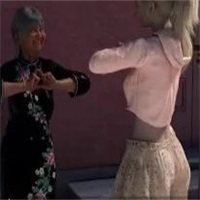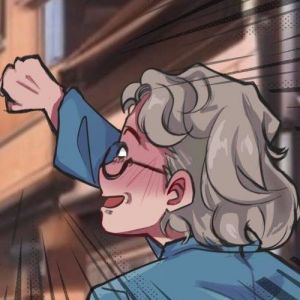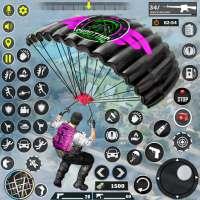Yasuke in Shadows: A Fresh Take on Assassin's Creed
Thanks to a renewed focus on the core principles that have defined the series, Assassin’s Creed Shadows delivers the most satisfying experience the franchise has seen in years. The parkour system, reminiscent of the fluidity seen in Unity, allows you to seamlessly transition from ground level to castle rooftops, with the addition of a grappling hook enhancing your journey to prime vantage points even further. Perched high on a tightrope, a perfect assassination is just a drop away—as long as you're controlling Naoe, the game's agile shinobi protagonist. However, switch to Yasuke, the game's second protagonist, and you're thrust into a completely different gameplay dynamic.
Yasuke is slow, clumsy, and incapable of silent kills. His climbing abilities are more akin to a grandfather than a nimble assassin, marking him as a stark contrast to the traditional Assassin’s Creed protagonist. This design choice from Ubisoft is both baffling and fascinating, as playing as Yasuke feels less like an Assassin’s Creed experience and more like a unique exploration of gameplay mechanics.

Initially, the significant difference between Yasuke’s capabilities and the series' core philosophy was frustrating. What's the purpose of an Assassin’s Creed protagonist who struggles to climb and cannot execute a silent takedown? However, as I delved deeper into his gameplay, I began to appreciate the merits of Yasuke’s design. He highlights and addresses critical issues that the series has faced in recent years.
You don’t encounter Yasuke until several hours into the campaign, after spending ample time with Naoe, the quintessential assassin who embodies the stealth and agility the series is known for. Transitioning to Yasuke can be jarring; his towering samurai stature and noisy demeanor make sneaking through enemy camps a challenge. His climbing limitations introduce a deliberate friction to the gameplay, turning what was once an effortless activity into a more deliberate and sometimes laborious task.
Yasuke’s design encourages staying at ground level, which in turn limits his ability to scout from high vantage points, a staple of Assassin’s Creed gameplay. Unlike Naoe, who can rely on Eagle Vision, Yasuke has no such advantage, forcing players to rely solely on his brute strength.
Assassin's Creed has traditionally been about stealthy kills and vertical exploration—elements that Yasuke directly opposes. Playing as him feels more akin to Ghost of Tsushima than Assassin’s Creed, emphasizing fierce combat over stealth. This shift challenges players to rethink their approach to the series, as Yasuke's limited climbing abilities necessitate careful environmental analysis to find alternative pathways to objectives.
These pathways are thoughtfully designed to guide Yasuke where he needs to go, making the journey more engaging than the effortless ascents of past games. However, his restricted movement hampers general exploration and reconnaissance. Yasuke’s only stealth option, the “Brutal Assassination,” is far from subtle, serving more as a combat initiator than a stealth tactic. Yet, when combat ensues, Shadows offers some of the best swordplay the series has seen in over a decade, with a satisfying variety of techniques and impactful finishing moves.
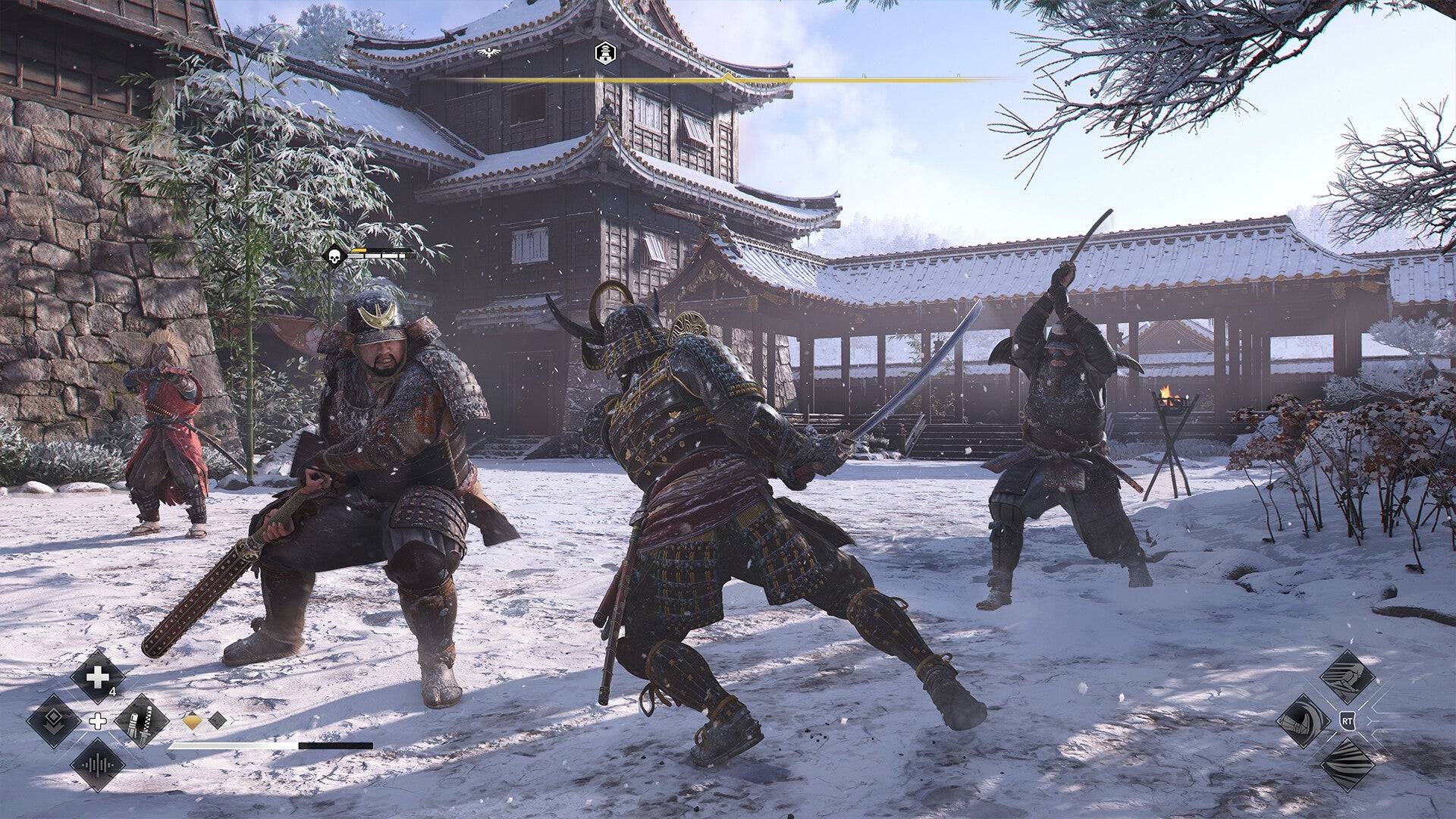
The separation of combat and stealth into two distinct characters ensures a balanced gameplay experience. While Naoe's fragility requires strategic stealth, Yasuke's strength allows for more direct combat engagements. This dual protagonist system prevents the series from leaning too heavily into action, maintaining the tension and loop of stealth gameplay.
Despite the intention behind Yasuke’s design, his fit within the Assassin’s Creed framework remains questionable. The series is built on stealth and vertical exploration—concepts Yasuke inherently opposes. While past protagonists like Bayek and Eivor ventured into action territory, they still retained the core abilities of an Assassin’s Creed lead. Yasuke’s thematic appropriateness as a samurai is clear, but it comes at the cost of the traditional gameplay experience.
Naoe, on the other hand, embodies the quintessential Assassin’s Creed experience. Her stealth capabilities, combined with the verticality of Sengoku Period Japan, deliver an experience that truly captures the essence of the series. Even with the more realistic climbing mechanics introduced alongside Yasuke, Naoe’s agility and combat prowess make her the more appealing choice for players seeking the classic Assassin’s Creed experience.
AnswerSee ResultsNaoe benefits from the same swordplay enhancements as Yasuke but with the added tension of limited endurance in combat. This raises the question: why choose Yasuke when Naoe offers the complete Assassin’s Creed experience?
Ubisoft’s attempt to provide two distinct playstyles with Yasuke and Naoe is commendable but results in a double-edged sword. Yasuke’s unique approach offers a compelling alternative, yet it challenges the very foundations of what makes Assassin’s Creed unique. While I appreciate the thrill of Yasuke’s combat, it's through Naoe that I truly experience the world of Shadows as an Assassin’s Creed game.
- ◇ Killzone Composer: Fans Seeking More Casual, Quicker Games? Apr 17,2025
- ◇ Bungie's Marathon: A Mysterious Tease Revealed Apr 15,2025
- ◇ "Switch 2 Exclusive: The Duskbloods' Hub Keeper - A Cute Change Due to Nintendo Partnership" Apr 05,2025
- ◇ ‘Foxy’s Football Islands’ Offers Up Something Very Different on Mobile Feb 11,2025
- 1 Pokémon GO Set To Roll Out Safari Ball In The Wild Area Event 2024 Nov 10,2024
- 2 Marvel's Spider-Man 2 Swings to PC in January 2025 May 26,2023
- 3 Tomorrow: MMO Nuclear Quest Is a New Sandbox Survival RPG Nov 15,2024
- 4 Black Myth: Wukong Review Fallout Nov 13,2024
- 5 Roblox Ban in Turkey: Details and Reasons Mar 10,2024
- 6 Final Fantasy XVI PC Port Falls Short Nov 14,2024
- 7 GTA 6 Raises The Bar and Delivers on Realism Beyond Expectations Nov 10,2024
- 8 Dragonite Cross-Stitch Captivates Pokémon Enthusiasts Nov 08,2024
-
Best Racing Games to Play Now
A total of 10
-
Explore the World of Shooting Games
A total of 10
-
Best Free Simulation Games for Your Android Phone
A total of 4










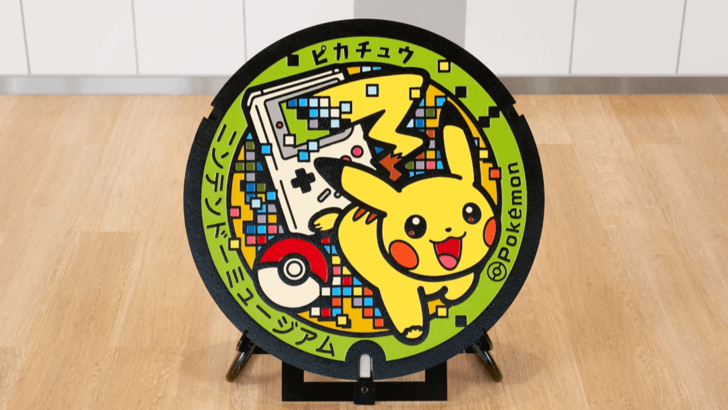

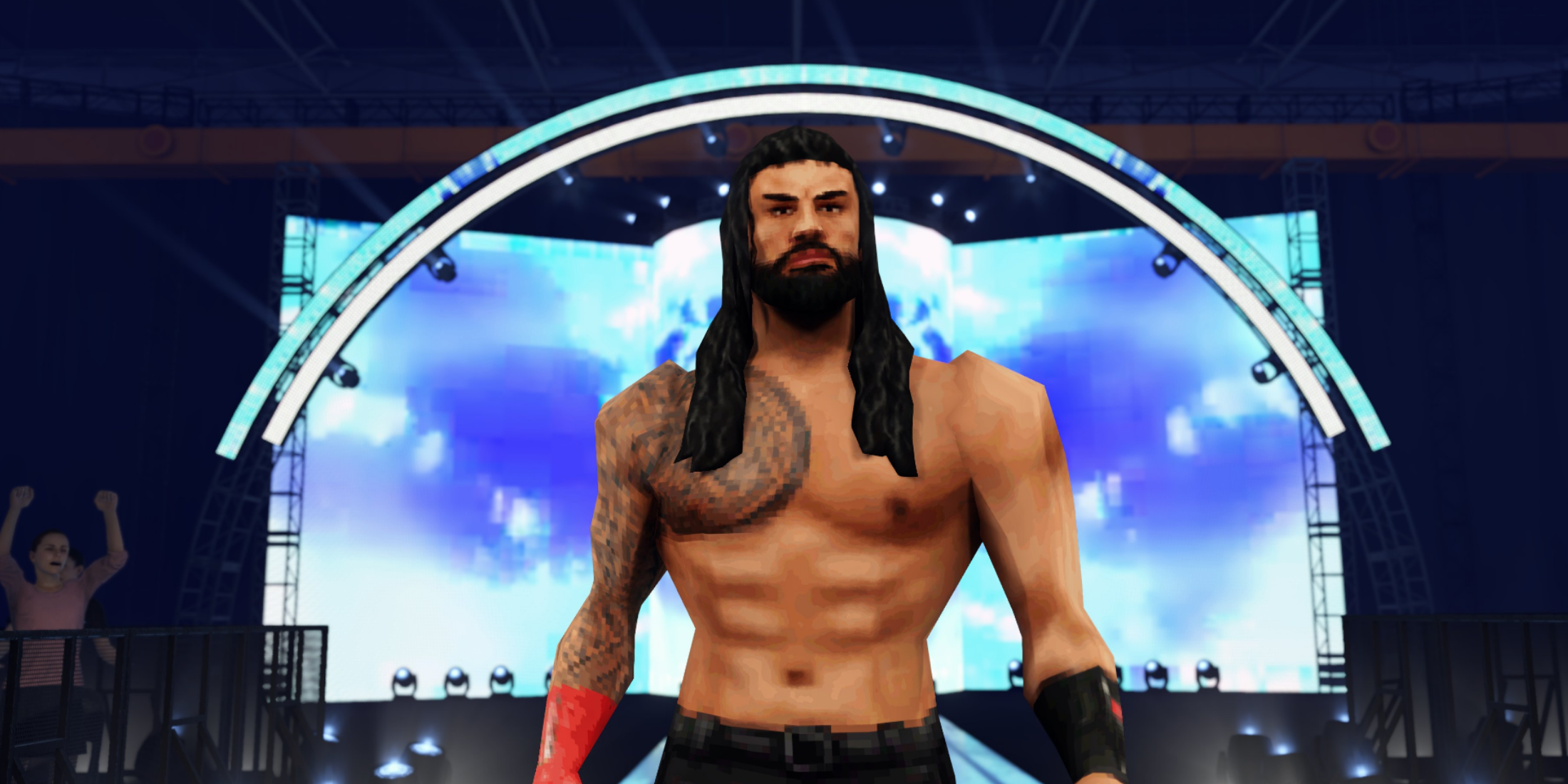
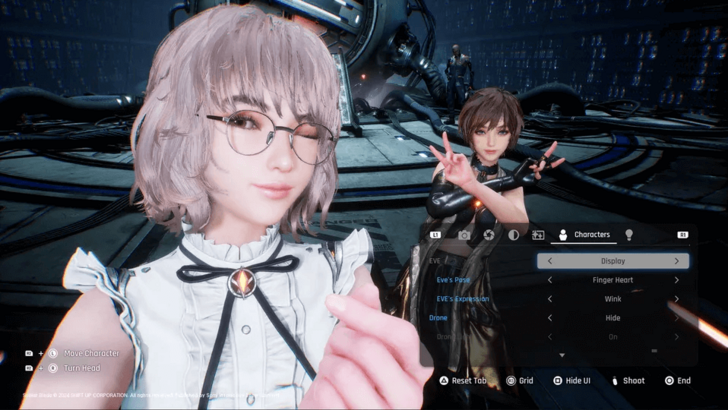
![Business of Loving [v0.12.5i] [Dead End Draws]](https://imgs.96xs.com/uploads/18/1719555107667e5423ef803.jpg)
